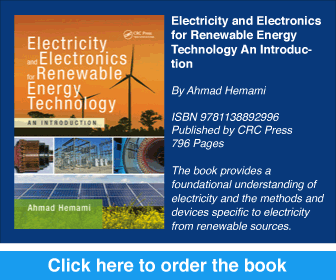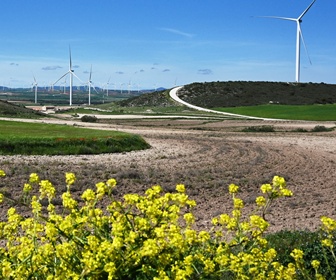Europe plans to increase its offshore wind capacity from 36.6 GW today to 84 GW by 2030. To reach this target, stronger investment is needed in ports and vessels, according to a statement from WindEurope. Currently, Europe is able to install and maintain around 10 GW of offshore wind capacity annually. This is the minimum required to meet 2030 targets. After 2030, annual deployment will need to increase to at least 15 GW to stay on track with energy transition goals.
WindEurope emphasises that the maritime supply chain—including shipbuilding and port infrastructure—is essential to Europe’s energy security and delivery of renewable electricity. Over the past three years, €6.7 billion has been invested in these areas, with €4.4 billion going to port infrastructure. However, WindEurope estimates a further €6.4 billion is needed, including €2.4 billion to future-proof ports for post-2030 offshore build-out.
The European Commission is currently developing an EU-wide Ports Strategy. WindEurope recommends three core actions for this strategy:
1. Mobilise funding – expand EU financial instruments, such as the Connecting Europe Facility, and enhance the role of the European Investment Bank in supporting port expansion;
2. Streamline permitting – reduce delays by introducing overriding public interest status for energy-related port works and designating offshore wind ports as "net-zero acceleration valleys";
3. Coordinate EU-level planning – map current port capacity and offshore demand to align investment and ensure balanced development across regions.
Alongside port development, the EU Maritime Industrial Strategy must also address the vessel shortfall. The offshore wind industry relies on around 80 specialised ships, ranging from turbine and foundation installers to cable layers and crew transfer vessels. WindEurope reports that at least €2.3 billion has been invested in vessels since 2021, but a further €4 billion is needed to accommodate larger, next-generation turbines of 15 MW and above.
The maritime strategy should support this scale-up by setting clear investment plans, simplifying approval procedures for new shipyards and vessel upgrades, and backing the decarbonisation of maritime operations. Currently, up to 20% of lifecycle emissions for offshore wind come from vessel use. Clean fuel alternatives such as electricity, hydrogen, and ammonia must be adopted more widely, with funding directed towards retrofitting and new zero-emission ships.










